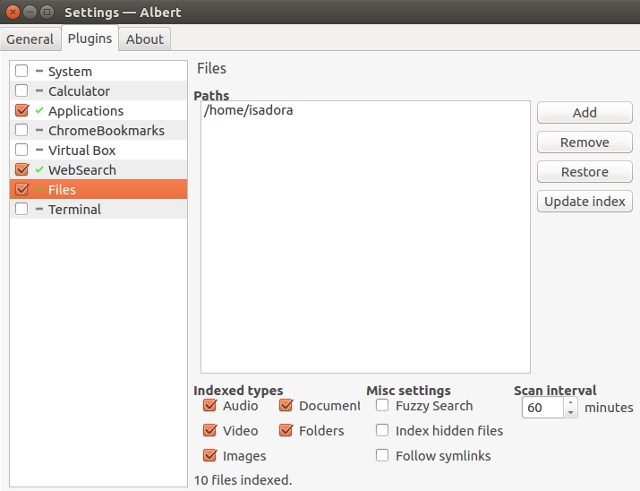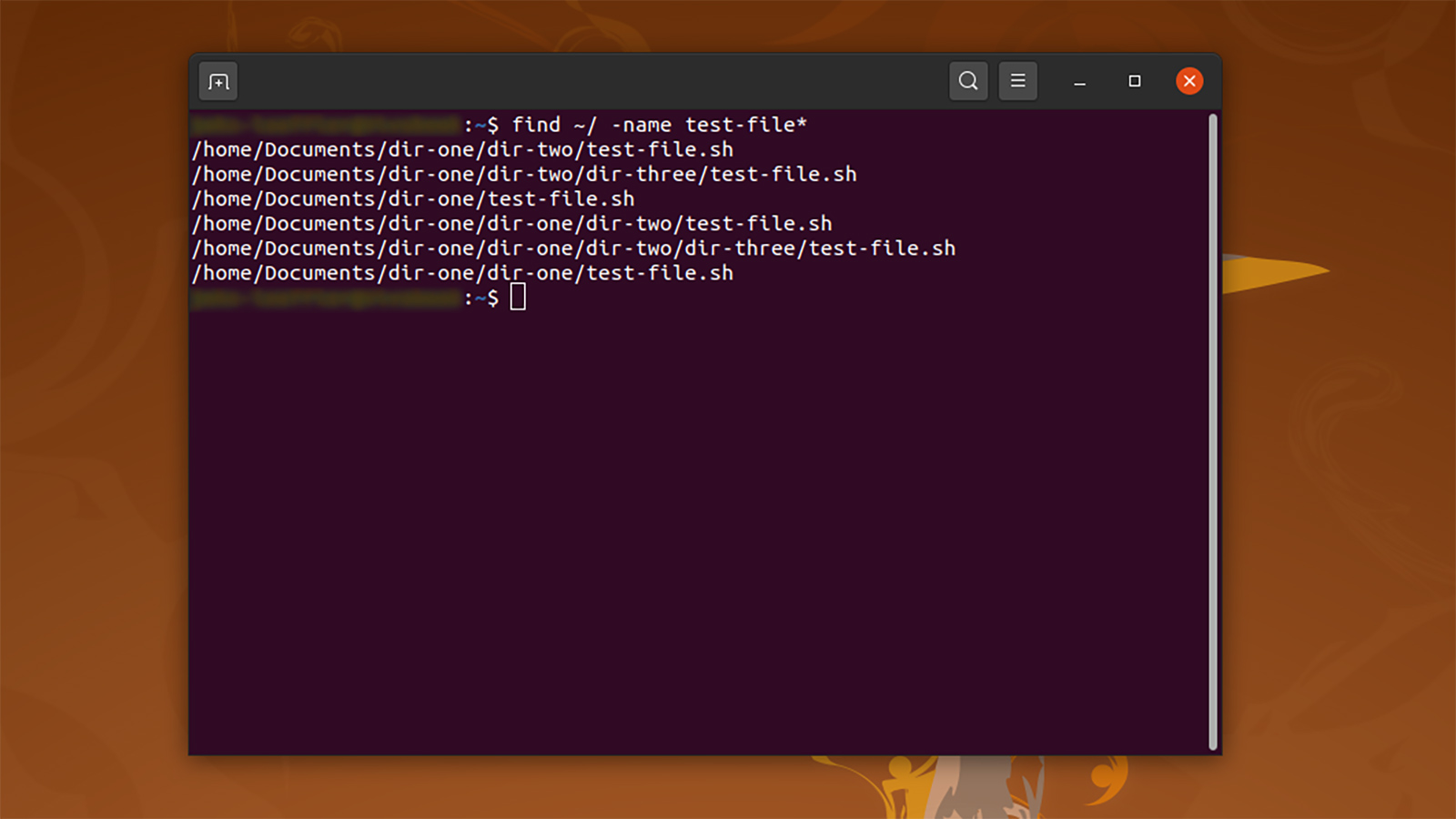

This process is carried out in the directory tree (.) on every object in it. In Linux, the find command searches the entire directory hierarchy under /var/Commands are executed on any object that matches the find expression using the -exec option. If you use the -exec flag, Linux will be able to locate the file. The Linux find command can filter objects recursively by using a simple conditional mechanism.
#FIND FILE LINUX RECURSEVILY FULL#
For example, if you wanted to find out where the “ls” command is located, you would use the following command: which ls This would print out the full path to the “ls” command, which is usually “/bin/ls”. For example, to find all files named “foo” on the entire system, you would use the following command: locate “foo” If you’re not sure where a file is located, you can use the “which” command to find out which directory it’s in. This command searches a database of filenames, so it can be faster than using “find” if you know the general location of the file you’re looking for. Another way to find a file is to use the “locate” command. name “foo” This would search the current directory and all subdirectories for files named “foo”. For example, if you wanted to find all files named “foo” in the current directory, you would use the following command: find. There are a few ways to find a filename in Linux. Locate -i “*.txt” and locate -I “*.mp4” if you want to ignore case distinctions between files. In the following format, the resume.pdf file must be located. If you don’t remember the file name, you can try searching using an extension like *.png or *.mp4. You can locate files using the locate command, which will give you a list of all files. When using Linux, the command $ find / (search entire system) will be used to locate a full hard drive. This tool looks for files in a directory hierarchy that is shared by Linux and other UNIX operating systems. What is the best way to look up a file on a Linux server? The command must be used to find the item. You can also use wildcards to find files that match a certain criteria. The most common way is to use the find command, but you can also use the locate command or the full path to the file. If you need to find a specific file on a Linux system, there are a few different ways to do it. name “*.txt” This would find all files in the current directory and all subdirectories that end in “.txt”. For example, if you’re looking for all files that end in “.txt”, you would use the command: find. You can also use wildcards to find files. For example, if you’re looking for the file /etc/passwd, you would use the command: cat /etc/passwd This would print the contents of the file to the screen. If you know the exact location of the file you’re looking for, you can use the full path to the file. The database is updated periodically, so it may not be up-to-date if the file you’re looking for was recently created or deleted. This command will search the system’s database for files that match the specified criteria. Another way to find files is to use the locate command. It can also be used to search for specific files by name or type. This command will search for files in the current directory and all subdirectories. The most common way is to use the find command. There are a few ways to find files on a Linux system.

So, if you’re looking for a specific file on a Linux system, the first step is to identify where it might be located.


This includes directories, which are also files that contain other files. If you are a Linux user, you probably know that almost everything on a Linux system is a file.


 0 kommentar(er)
0 kommentar(er)
